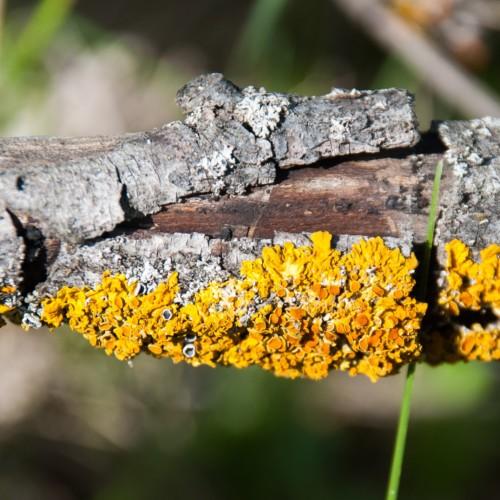
yellow lichen
Xanthoria spp.
Cycle:
Perennial
Watering:
Frequent
Hardiness Zone:
8
Sun:
Filtered shade, Part sun/part shade
Fruits:
Fruits Ready In Fall
Leaf:
Yes
Growth Rate:
High
Drought Tolerant:
Yes
Salt Tolerant:
Yes
Care Level:
Medium
watering
The giant chain fern should be watered regularly and kept evenly moist at all times. Watering should be done when the soil surface feels dry. This can vary depending on soil type, temperature, humidity, and amount of light the fern is receiving. For best results, water until the moisture level has reached 1-2 inches below the soil surface. Watering can occur anywhere between once every week to every other day, so it will take some trial and error to find out what frequency works best. Also, during hotter months, it will likely need to be watered more often.
sunlight
Giant chain ferns prefer bright, indirect sunlight for best growth. While they may tolerate lower light levels, they’ll maintain a more compact size and not produce as much foliage if placed in too much shade. When grown outdoors, they’ll perform best in part shade situations, such as under trees with dappled sunlight throughout the day. Indoors, place close to a bright window and turn occasionally so all sides receive even light. Ideally, they should receive at least a few hours of direct sunlight each day which is especially important when the plant becomes pot bound.
pruning
The Giant Chain Fern (Woodwardia fimbriata) should be pruned at least twice a year. In temperate regions, the first pruning should occur in the spring, when new growth begins. This will encourage dense growth and help shape and train the plant. The second pruning should take place in early autumn, after the plant has gone dormant and before winter arrives. During this time, any dead foliage should be removed, as well as any weak or spindly growth, to provide the plant with a better shape. If any flowering occurs, these flowers should be removed as well. When pruning, care should be taken to never remove more than 1-third of the plant, as this could damage the plant's health.
